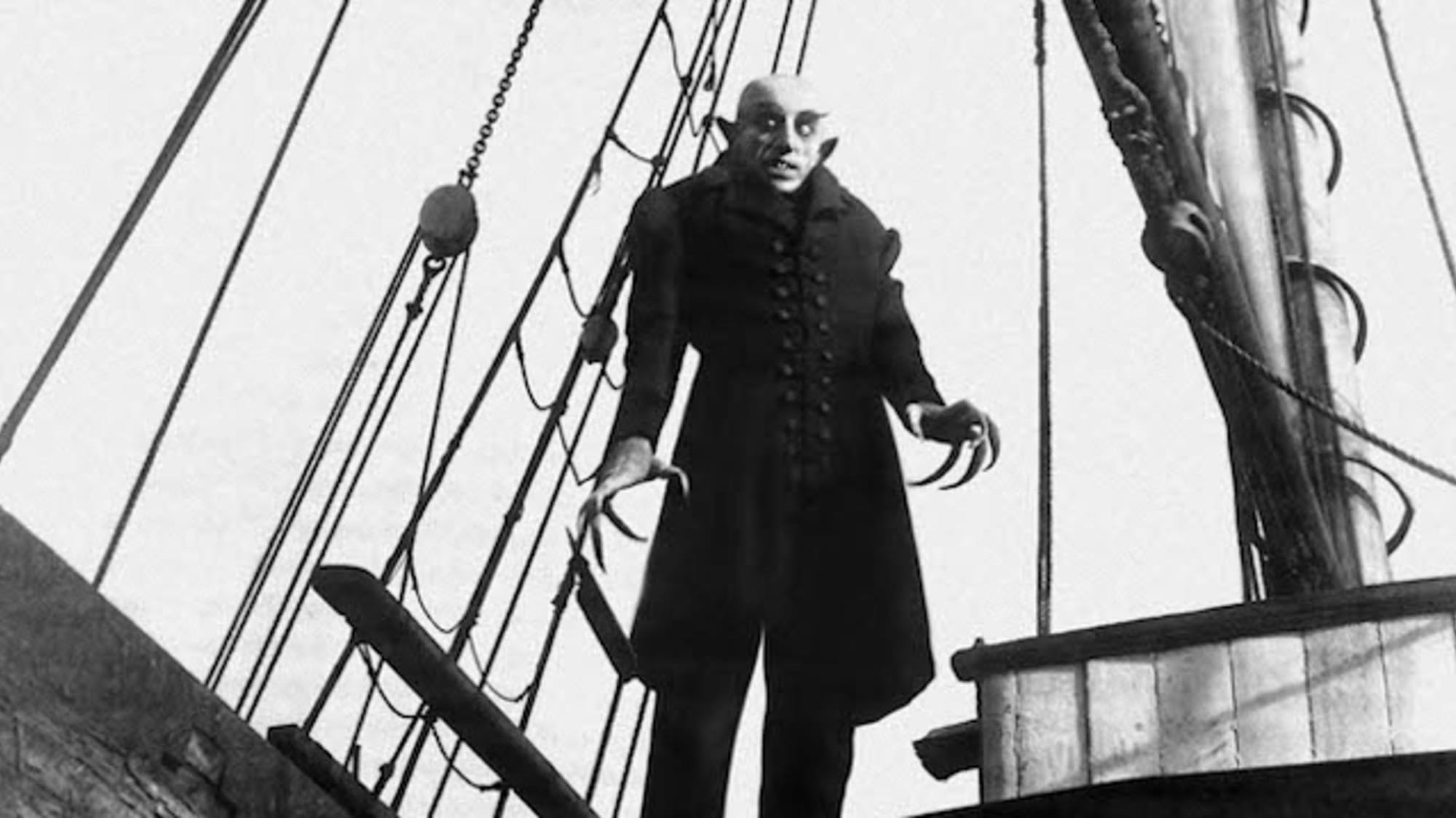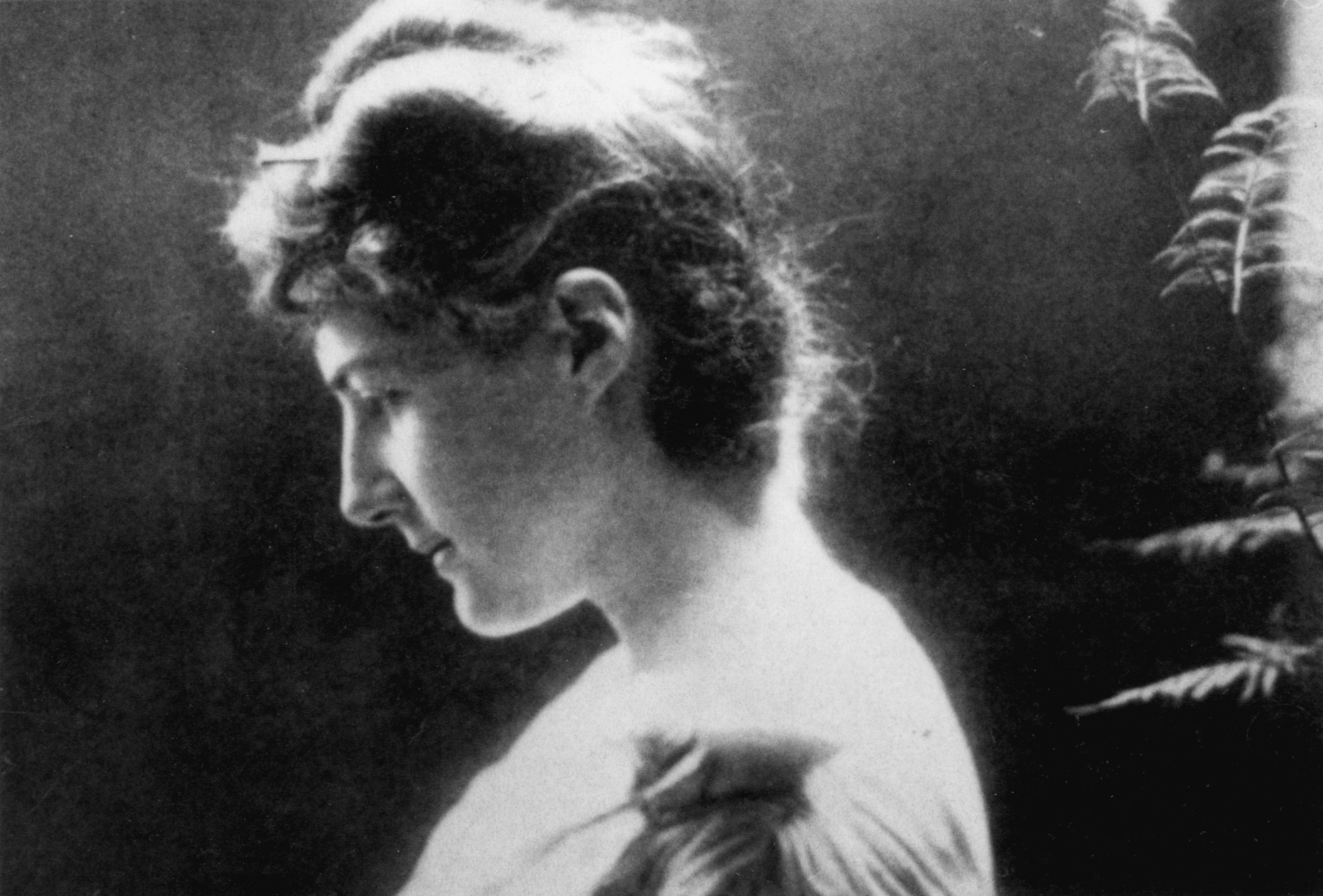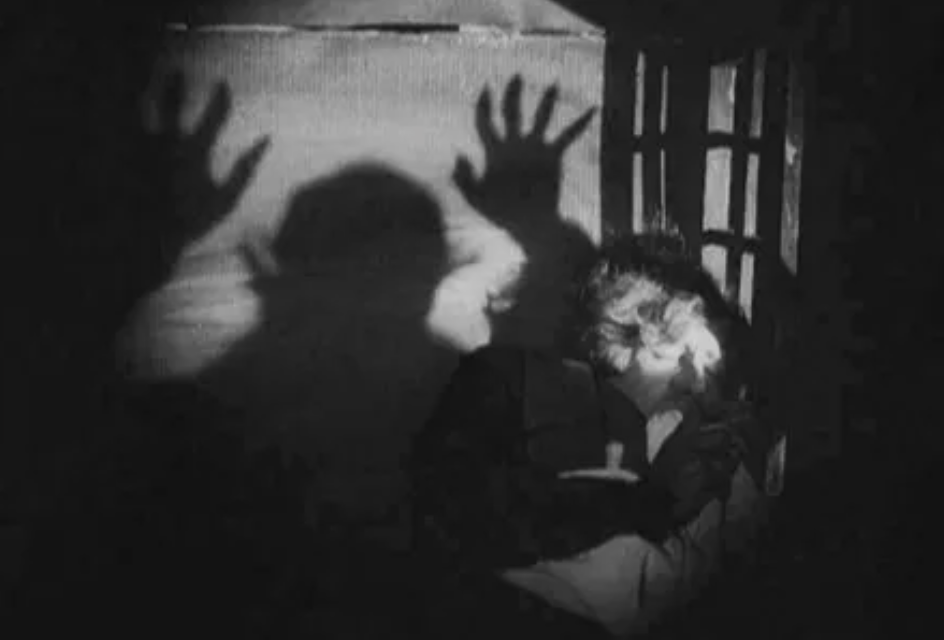Nosferatu (1922): 100 Years of an Unauthorized Adaptation
Audiences weren't supposed to know of this film's existence; 100 years later, it has stood the test of time and continues to influence filmmakers and scholars alike.

March 4th, 1922 - German audiences flocked to the ‘Marmorsaal’ (‘Marble Hall’) in the Berlin Zoological Garden for a preview screening of Nosferatu: A Symphony of Horror, F. W. Murnau’s vampiric masterwork starring Max Schreck in the titular role. With attendees dressed in period attire, the advance premiere was the centerpiece of the evening event, ‘Das Fest des Nosferatu’ (‘Festival of Nosferatu’) (yes, this was a real thing. The promotion for this movie, just with this event alone, cost more than the production of it), with festivities including an introductory speech from Schreck, dance exhibitions, stage performances, and a masquerade ball.
It wasn’t until a week and a half later that the film had its theatrical premiere in Germany, on March 15th in Berlin’s Primus-Palast theater. There was overseas success in its first year of release as well, being exhibited in countries such as France, Denmark, and Hungary. The reception was mostly positive, with the exceptions of some critics thinking it was almost *too* polished from a technical standpoint, therefore distracting from the horror within the frame. However, these complaints proved to be that of a minority, because several audience members claim to have been frightened by the sheer sight of the vampire. In fact, it was outright banned in Sweden until 1972 (50 whole years, literally half a century). There were a few other bans too, but we’ll get to that in a minute.
100 years later, Nosferatu is still a force to be reckoned with, acting as a prime example of the German Expressionism movement in film schools all over the world, along with having impacted the careers of numerous filmmakers, from Werner Herzog to Guillermo Del Toro. The character has become a bit of a pop culture figure over the decades too, with crossover appeal coming from musical references as well as memes in recent years (thanks, Spongebob). There have also been a couple remakes, most notably in 1979 with Werner Herzog’s Nosferatu, the Vampyre, with two more revamps (see what I did there?) currently in the works. Needless to say, the influence of Nosferatu can very clearly be felt today even after all this time, and it’s hard to imagine that it’ll go away anytime soon, which is hard to imagine since none of us are even supposed to know this movie exists by now.

So let’s get to the nitty-gritty - remember what I said about there being more bans in other countries? Well the great old USA was one of those nations, and the film didn’t even make landfall here until 1929. Here’s the thing though - this movie was illegally made. Spoiler alert for those who don’t know this by now (it’s been 100 years after all, so I don’t know what to tell you there), Nosferatu is an adaptation of Bram Stoker’s classic 1897 novel, Dracula, with the issue being that the filmmakers never attained the rights to adapt the story. While there were a couple changes made to the script in an attempt to avoid completely copying the source material, such as changing the names of the characters (Count Dracula was renamed to Count Orlok, Jonathan Harker was Hutter, Renfield was Knock, etc.), switching settings from England to Germany, and altering the vampire’s death at the end, it still wasn’t enough to fly under the radar of Bram Stoker’s widow, Florence Stoker.
Stoker first caught wind of this back in 1922, having anonymously received a program from the Berlin Zoo premiere. Having been struggling financially at the time, it’s safe to say she was enraged beyond words. There was a years-long battle between her and the German production company, Prana-Film, with her suing them and demanding financial compensation, but she wasn’t stopping there. In her last court ruling between them in 1925, she vehemently demanded to have every copy of the film destroyed, going as far to tell the court to hand the negatives and prints to her so she can personally erase them from existence.
While a ton of copies were destroyed and the film became hard to find, it was never truly gone. When Dracula began having success as a stage production in the late 20s and Universal Studios was developing a film adaptation of their own, copies of Nosferatu began to resurface, just in time to haunt Stoker once again.

Now I’m not going to be going over the whole case, because we know what happened at the end of the day. Nosferatu survived, despite Stoker’s efforts, and it is held in high regard right alongside the 1931 American Dracula film, starring the one and only Bela Lugosi. However, if you do want to learn more about the ordeal that Stoker went through and the trauma that Nosferatu caused her, I highly recommend checking out the book Hollywood Gothic: The Tangled Web of Dracula from Novel to Stage to Screen by horror historian and expert David J. Skal. He spends a good chunk of the book going into detail about the court rulings and even has snippets of letters sent between her and Prana-Film executives, it’s really interesting stuff and the book is honestly a must-have if you’re a Dracula fan.
Moving on, despite the obvious legal and ethical issues that come from illicitly producing this movie the way the filmmakers did, it can’t be denied how important it is to the horror genre. There are so many elements of this film that end up becoming staples of the genre, such as the aesthetic of the crumbling castle where the monster resides, the use of shadows to evoke suspense and create frightening images that tangible objects cannot, and the narrative convention that a vampire dies in the sunlight. Not to mention that there have also been recreations of Count Orlok’s likeness in future vampire films, such as Kurt Barlow in Salem’s Lot (1979) and Petyr in What We Do in the Shadows (2014).

Now to end on a bit of a personal note, as a horror fan, this film has had a profound impact on me. This was one of the first horror films I ever watched, I was 11 years old at the time, and I was mesmerized from start to finish. Having never seen a silent movie before this one, it was a unique experience for me and I remember being hypnotized by Orlok every second he was on-screen. To this day, the silhouette of Orlok walking up the staircase towards the end of the film is one of my favorite shots in all of cinema.
Before watching this, my gateways to horror and monsters came from the Godzilla series, Jaws (1975), Gremlins (1984), and Little Shop of Horrors (1986). Of course, I knew about the characters of Dracula and Frankenstein’s Monster, but I didn’t see the movies at that point. It wasn’t until I was reading a book about monsters when I was in school and saw a still from Nosferatu that my curiosity really got piqued. Not too long after that, I found the movie on Netflix and I was hooked from the jump. It was this film that taught me to appreciate and embrace the classics, and immediately after watching it, I made it a mission to seek out the movies of the Universal Monsters and to learn more about the horror genre, starting at the beginning. Long story short, this was the movie that turned me into the hardcore horror fan I am today, so it obviously holds a special place in my monster-loving heart.
If you haven’t seen this film and you’ve made it this far, do yourself a favor and celebrate Nosferatu’s 100th birthday by switching the lights off and giving it a watch.

Thanks for reading! If you liked this article and want to keep up with more, feel free to subscribe. What are your thoughts on Nosferatu? Love it? Hate it? Just another old movie to you? Whatever your opinion is, let me know in the comments

